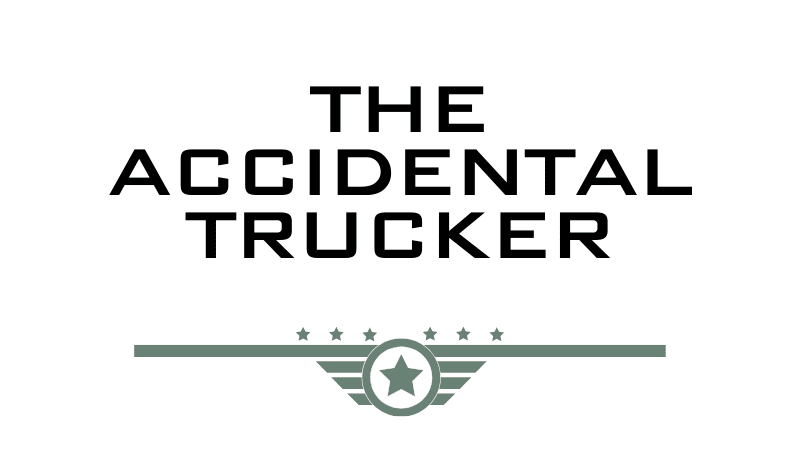Please protect me from myself

The announcement in June by the Minister for Workplace Relations and Safety, Brook van Velden, that consultation is underway on the reform of our health and safety regulations, is welcome. I agree with the minister that reform is needed, but whatever comes out of this must ensure that the gains made in this area over the years is not lost or further tied up in bureaucratic mumbo jumbo.
The current act, the Health and Safety at Work Act, was enacted in 2015 and came into effect on 1 April 2016. Since then, it has had many amendments and is supported by at least 10 related regulations. It is complex and open to interpretations at many levels. Law made by lawyers for their benefit is not good law.
As the minister said in her press release of 14 June: “Our health and safety culture can be summed up by the sea of orange road cones that have taken over the country. From Santa parades to property development, you cannot get a lot done without having to set up a barricade of cones,” and “Lawyers and company directors should not have to be kept up late at night anguishing over what ‘so far as is reasonably practicable’ means.”
Peter Dunn, former MP and now political commenter, goes a bit further in his opinion piece published in the Dominion Post on 22 June, in which he suggests that workplace health and safety has spawned a growth industry, particularly regarding traffic management. He goes onto to say, “I now feel embarrassed to have supported that legislation (the HSE Act), when it was going through Parliament.” He adds, “But I never imagined the bureaucratic shambles and public expenses that would emerge as a result.”
I agree with him on this. There are so many businesses now purporting to be health and safety consultants to the point that it is hard to actually figure out what is required to satisfy the legal requirements for each industry and what is just an opinion of the advisers.
In my view, two things would improve HSE legislation: less bureaucracy so that those in a particular industry can determine what works best for them and a recognition that no matter how good your HSE policies and procedures are, the human factor will always be present. We saw this when the power pylon fell over in Northland in June.
Recently, one of the industry associations reported that it has had discussions with NZTA about the current driver licensing system. This is good because, as an essential industry, we have the right to be heard, but let us not get too carried away.
First, we have to recognise the system is not designed solely around meeting the needs of our industry in terms of heavy vehicle licences, classes 2, 3, 4 and 5; the system exists to allow all those who need a licence to drive a heavy vehicle to get one while demonstrating their competency to a supposedly similar level. I say supposedly because we have two heavy vehicle licence standards, one for those who complete a full licence test and the other for those who complete an approved course.
Second, we were close to getting a much-needed system revision finalised back in 2019 when NZTA released a yellow draft to amend the Driver Licensing Rule. Although consultation was held, it never went any further, the ministers at the time citing Covid-19 and then “other priorities” as the reason.
As released, the yellow draft had the potential to address many of the shortcomings of the Driver Licensing Rule with the potential to reduce costs. So, why not just continue with that? Why do we have to go back right to the beginning again?
It is worth remembering that the yellow draft had its origins in a review of the licensing system completed in 2016. Here we are eight years on, and there has been no progress. We need to push back against the bureaucratic niceties and stop revisiting old ground only to arrive at the same conclusions.
The problem I see, though, is that few people around now understand how and why we ended up with what we have, so maybe this is where the real problem lies.
Read more
And so the year ends
0 Comments5 Minutes
Return of the night carts
0 Comments5 Minutes
Dead like the dodo
0 Comments5 Minutes




